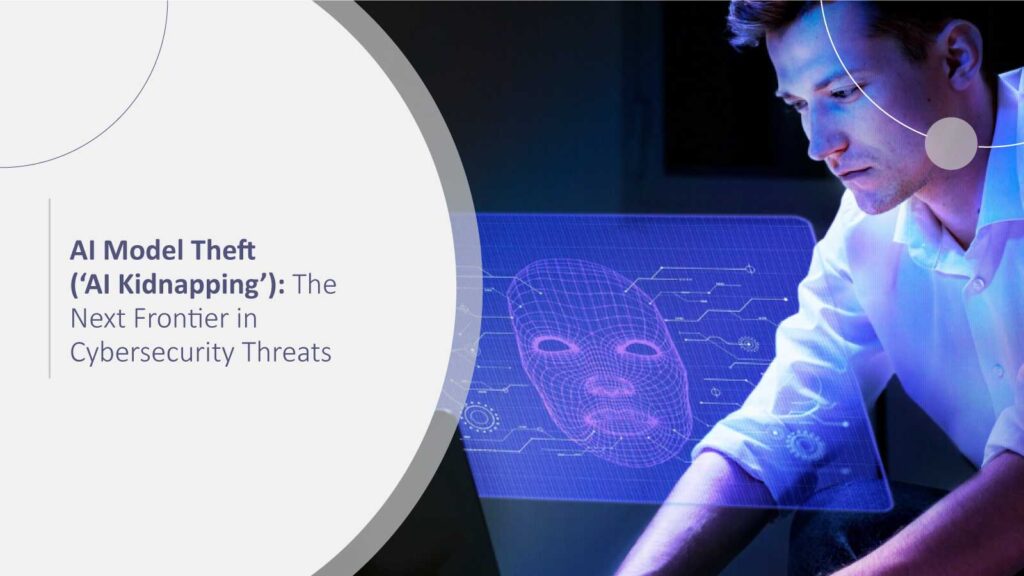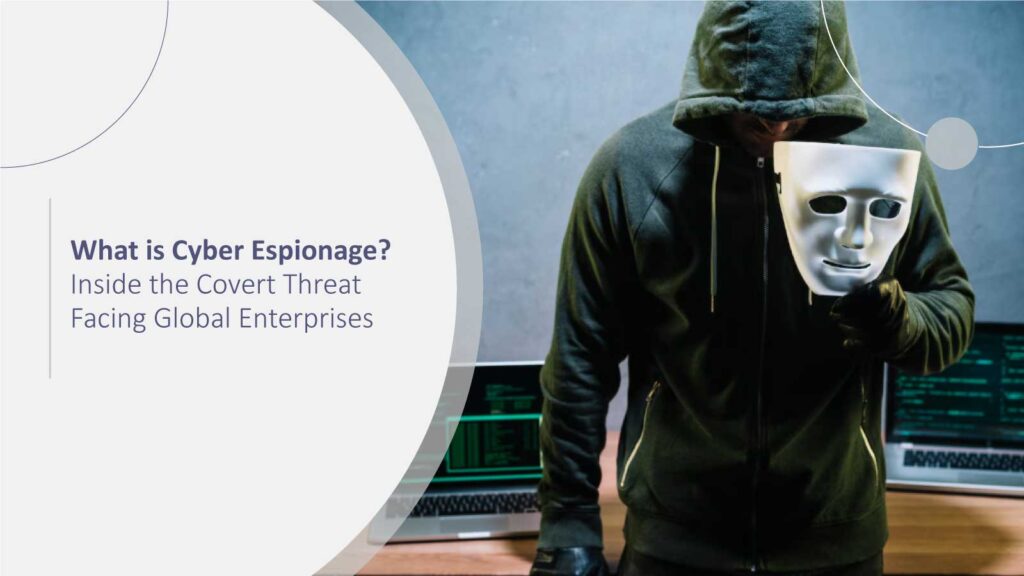NIST, the National Institute of Standards and Technology, is primarily concerned with protecting critical infrastructure, safeguarding national security, and promoting innovation. Cybersecurity forms a major component of these goals of NIST putting high emphasis on the new NIST Zero Trust guidance. Cybersecurity directly impacts systems and assets essential to the nation’s economy, security, and public health, such as energy, transportation, and communication networks, including government systems and data.
NIST recently joined hands with Palo Alto to develop a comprehensive guide on Zero Trust architecture. Zero trust is a network security model that implies nothing can be trusted in a network – whether inside or outside. This zero-trust approach has gained importance in today’s fast-paced and risky digital environment due to the heavy reliance on online networks.
Impact on the Private Sector
With many employees still working remotely, the respective organizations are trying their best to ensure utmost confidentiality and security and protect data. With the increasing reliance on digital systems, the potential for cyberattacks to disrupt critical infrastructure and compromise national security has grown significantly.
Since access has to be provided to various shared resources, strong network protection in place is a must. Many organizations work heavily on cloud platforms, which are convenient in terms of storage but at the same time risky in terms of security – unless safeguarded by a zero-trust model. This has caused the US federal government to make the new NIST Zero Trust guidance a part of its overall cybersecurity strategy.
NIST Zero Trust guidance – a mandate in private and public companies
In a formal order issued by the president, the U.S. government has recognized Zero Trust as a crucial component of cybersecurity and has made it mandatory for both government agencies and private companies to adopt this security framework. The scope has been broadened to include private companies considering the interconnection of govt and private sectors in today’s world. In essence, the government emphasizes that everyone, from government agencies to businesses, must prioritize Zero Trust to protect against cyber threats.
In 2021, Palo Alto Networks was selected to join NIST’s National Cybersecurity Center of Excellence’s Zero Trust Architecture (ZTA) lab. Leveraging their already-established expertise in network security, they worked with the NIST to build an end-to-end Zero Trust Architecture.
Combined, they came up with the ultimate network security guide for all industries – NIST Special Publication 1800-53. The NIST Zero Trust Guidance is a comprehensive guidebook for organizations looking to implement Zero Trust. It provides a high-level roadmap, outlining the strategic steps involved in building a Zero Trust architecture. They also developed a more extensive special version of the comprehensive guidebook specially designed for deploying and configuring several technologies by Palo Alto Networks to achieve Zero Trust outcomes. To make it easier for readers to understand and apply the guide, the publication even includes specific examples and references to Palo Alto Networks’ products and how they can be used in a Zero Trust environment.
Palo Alto Networks’ Zero Trust Approach
The Zero Trust strategy of Palo Alto essentially focuses on three core principles:
- Continuous Verification: Constantly checking and re-checking user, device, and application trust to prevent unauthorized access. This is achieved through a unified security platform that covers networks, cloud services, and remote access.
- Consistent Policy Enforcement: Applying the same security rules everywhere – whether users are in the office, at home, or on the go. This is made possible by centralized management and orchestration tools.
- Interoperability: Working seamlessly with other security tools to create a comprehensive defense. Palo Alto Networks integrates with a wide range of third-party solutions.
Essentially, Palo Alto Networks aims to simplify Zero Trust implementation by offering a comprehensive platform that can be easily integrated into existing security infrastructures.
To stay updated about the latest events and news in the security networking industry, subscribe to Cyber Technology Insights.







